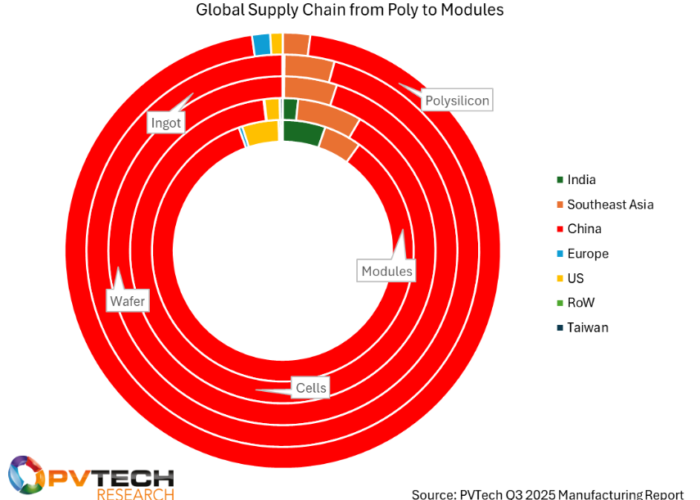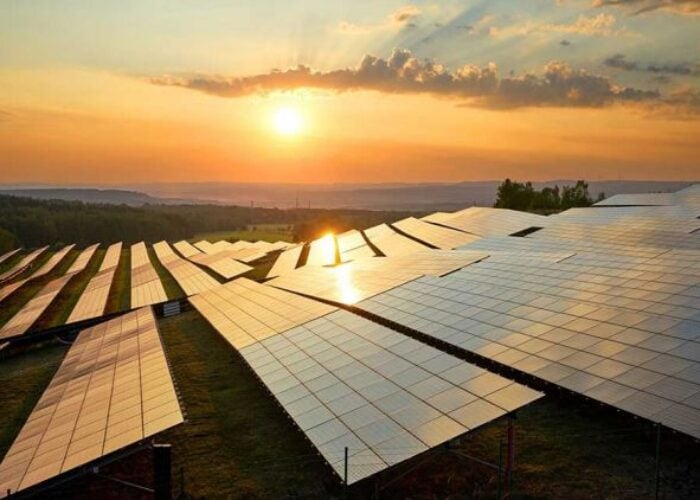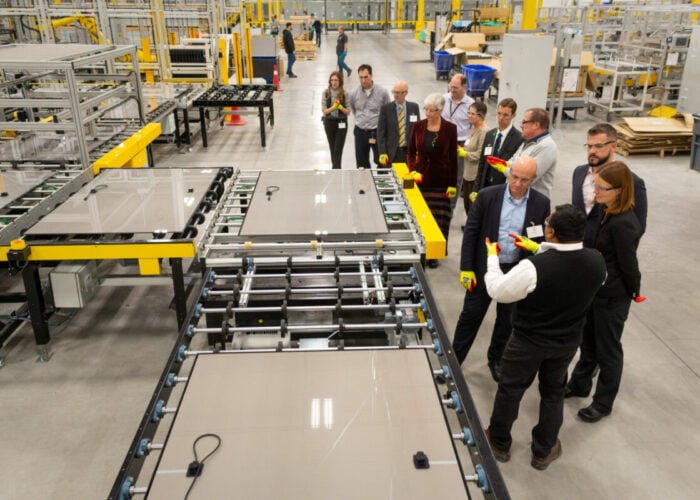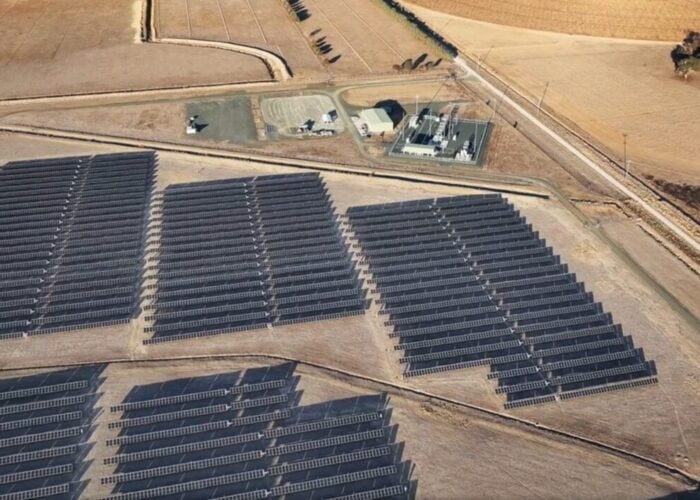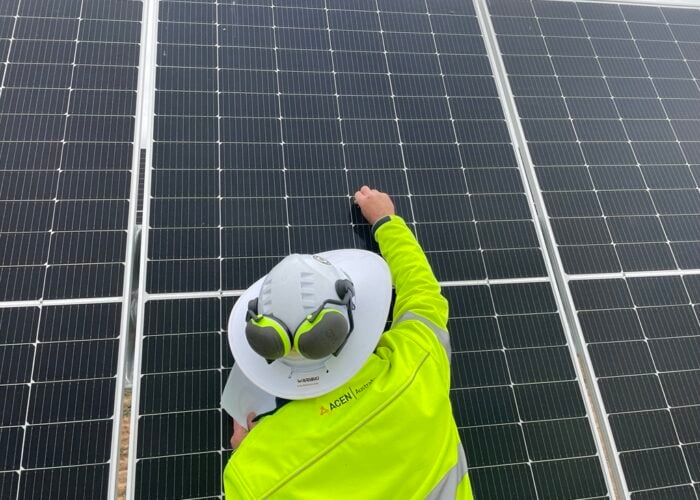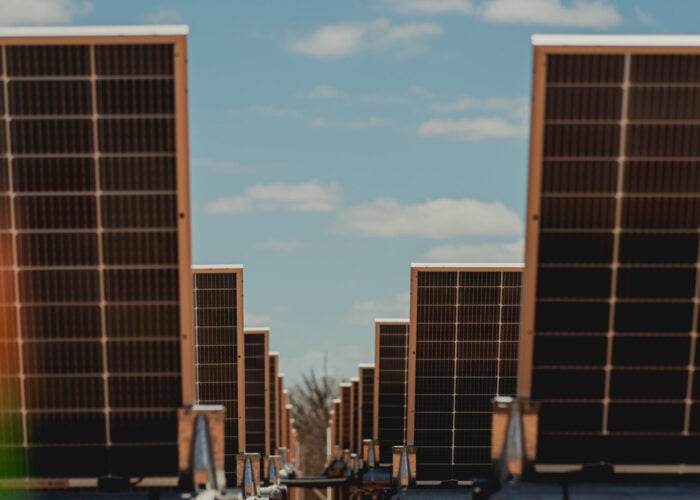The Philippines’ solar industry is already exporting to countries like the US reaching figures of US$41.5 million, up 47.3% last year. Now, almost three years in the making, following petitioning by the Renewable Energy Board (NREB), the Philippines’ Energy Regulatory Commission (ERC) has finally approved an initial feed-in tariff rate for renewable energy. The FiT for all solar installations will be 9.68 PHP (US$0.23) per kWh, regardless of the size of the system or technology used.
In the petition filed in May last year, the NREB had proposed a rate of 17.95 PHP (US$0.43) per kWh for solar. ERC executive director Francis Saturnino Juan said in response: “The ERC's lowered FiTs will definitely cushion the impact of implementing the FiT incentive mechanism under the Renewable Energy Act on the electricity rates, while still being sufficient enough to attract new investments in renewable energy. This is win-win for all.”
Try Premium for just $1
- Full premium access for the first month at only $1
- Converts to an annual rate after 30 days unless cancelled
- Cancel anytime during the trial period
Premium Benefits
- Expert industry analysis and interviews
- Digital access to PV Tech Power journal
- Exclusive event discounts
Or get the full Premium subscription right away
Or continue reading this article for free
Higher capacity factors for these plants are to be implemented into the scheme to ensure that only the more efficient plants will enjoy the FiT incentive.
The ERC will put into practice the NREB methodology for calculating the FITs taking into account, amongst others, the cost of constructing and operating the plants for each renewable energy technology, the generation output or capacity factors of these plants and the reasonable return on investment offered to the developers of these plants.
A lower equity Internal Rate of Return (EIRR) of 16.44% in calculating for the FiTs has been adopted by the ERC which was allowed a higher EIRR of 17% to account for fuel risks.
The FiT is subject to review and digression every three years or when the installation target, as set by the Department of Energy, has been reached. The government is optimistic that this will encourage developers to invest at the initial stage.

